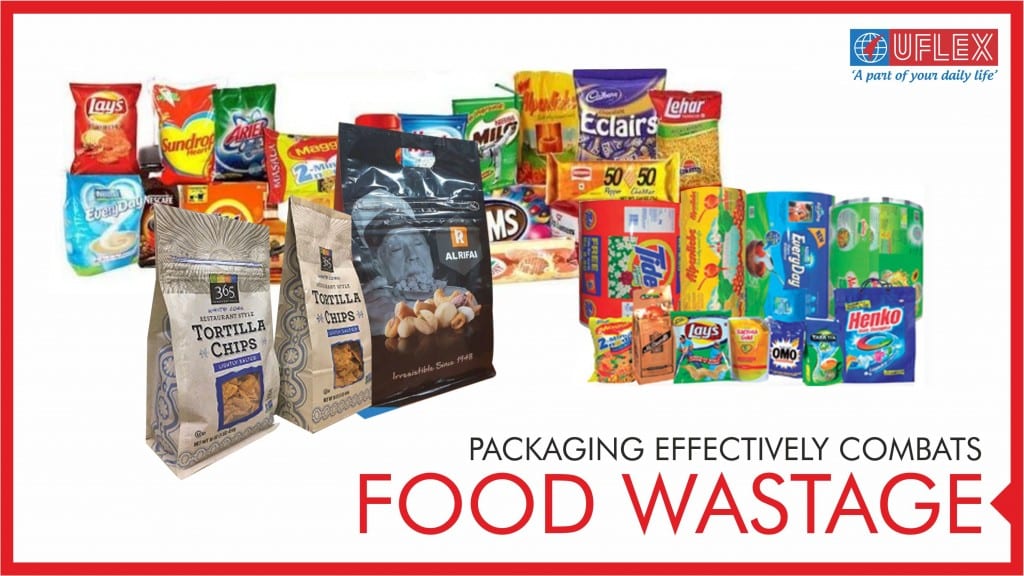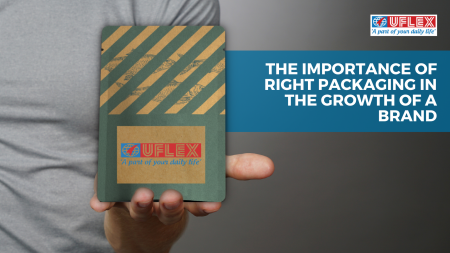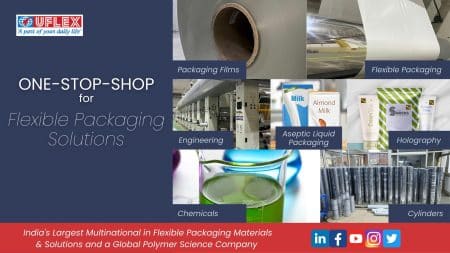We are living in a less than perfect world. A world where almost one-third of the food (approximately 1.3 billion tonnes) produced for human consumption is wasted. Ironically as it may sound, consumers in rich countries waste almost as much food (222 million tonnes) as the entire net food production of Sub-Saharan Africa (230 million tonnes).Given that 6 out of every 10 people will live in an urban area by the year 2030 the situation may become much worse than what it is today.
To put things in perspective, let’s clearly understand that when food is wasted we just don’t throw away the product. What we also throw away alongside is the work and energy that has gone into producing that food the effect that the food production has had on the environment. A straight line carbon foot print analysis done by DOW Packaging establishes that if an 8-ounce steak goes to waste, so does the 6.5 pounds of wheat and 1,200 gallons of water it took to produce that half-pound portion alone. The food that could solve worldwide hunger, the money that could aid the poverty-stricken, the water, land, and livestock that it took to produce the food, and the fuel it took for the transportation of all parts of the process are all wasted when food is lost.
Substantial research has gone to prove beyond reasonable doubt that we produce enough food today. It is the wastage of food that ultimately leaves almost 1 in every 7 people unfed and starving. It is only natural to worry about guaranteeing food security when the global population surpasses 9 billion by the year 2050.
The answer lies in effective and optimized packaging!
The raison d’être of packaging is to protect and promote the food product provide information on product usage, health and safety, disposal etc. make way for convenient transportation and usage of the food product allow utilization of the food product through the supply chain; and support efficient handling of the food product throughout the supply chain.
In doing this packaging makes a very strong case for cutting down the overall food wastage.
Packaging in general and active packaging in particular reduce total waste by extending the shelf-life of food products, thereby extending their usability. While extending shelf-life, packaging ensures that the food product remains safe for consumption for a prolonged time. Packaging now comes in re-closable formats that offer immense ease to end-users to close the pack and keep the product safe throughout the prescribed shelf life.
The footprint caused by packaging is more than counterbalanced by reducing the food wastage that would have otherwise occurred in deprivation of adequate packaging. A cucumber wrapped in a skin snug PE film can actually result in increasing its life from anywhere between three to fourteen days. Packaged cheese is far more resource efficient than unpacked cheese owing to longer shelf life. Empirical studies have revealed that a definitive portion of packaged cheese decreases the CO2 footprint by 40% compared to same portion of unpacked cheese, even if there is an incremental cost of packaging involved in the first case.Even though packaging is being used, less food is being wasted, leading to a net-net lower overall carbon footprint.
Multi-layered barrier packaging keeps moisture and oxygen away, appropriately delaying product degradation. Modified Atmospheric Packaging (MAP) reduces the respiration rates in the food product thereby impeding the growth of microorganisms. Contemporary techniques like ethylene scavengers procrastinate ripening of fresh produce thereby extending its shelf life. Likewise oxygen scavengers retard the degradation of food in terms of off-flavour colour change; nutrient loss and microbial attack thereby extending the shelf life of food and reducing the probability of early spoilage. Desiccants are also introduced in packaging to keep moisture at bay thereby foiling the growth of micro-organisms. Aseptic packaging enables a sterile environment for both the pack and the product thereby immensely increasing the shelf life of perishables like milk and other dairy products.
The whole concept of potion dispensation owes its existence to unit/ sachet packaging. Medicines, infant formulae, dairy whiteners etc. Are now coming in pre-measured and optimized packaging that ensure that only the right quantity is administered. This in turn controls food wastage to a great extent.
According to INCPEN ten times more resources—materials, energy, water—are used to make and distribute food than are used to make the packaging to protect it. So when we waste food, we may be wasting 10 times more resources than those used to make the packaging that protects it. That hits the environment hard.
Optimized Packaging is the most befitting answer to the burgeoning problem of food waste in the day and age we live. To summarize, packaging prevents food spoilage ensures food quality and safety across the supply chain increases shelf-life and provides portion sizes addressing the very many needs of ever-changing consumer lifestyles throughout demographic spectrum.





